The Visual Language of Manga: From Abstraction to Expression
Manga, the Japanese form of comic, exhibits distinct, unique artistic features that reflect the country's rich graphic tradition. The visual language of manga, with its unique set of symbols, plays a crucial role in delivering emotions, ideas, and information. Let's therefore explore the development and significance of manga's visual language, considering both historical and contemporary examples.
Abstraction of Symbols
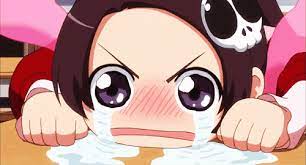
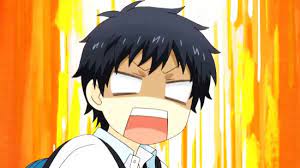
Changing Character Style
Another unique aspect of manga is its ability to adapt and shift visual styles depending 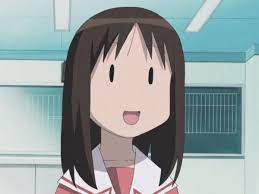
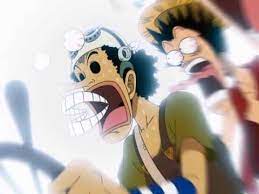
Motion Lines
One of the most significant elements of the visual language of this form of comic are motion lines. In mangas, these lines are used not only to portray the movement of characters but also as a way of expressing different emotions and actions. For example, lines can simulate the effect of motion, enhancing the sense of dynamism in a scene, or they can indicate the intensity of a character's emotion. This is a way in which a mangaka can convey subtle nuances of emotion and intensity that are difficult to capture with words or static images.
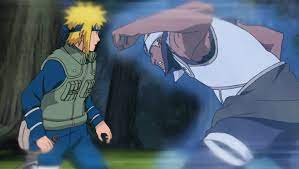
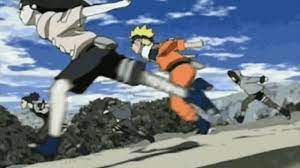
The Visual Language of Manga in Anime
The influence of manga's visual language extends beyond comic book pages and can also be seen in anime, the televised adaptations of manga. In anime, these visual shortcuts, familiar from manga, are transferred to the world of moving images, adding another dimension of expression to them. The fact that these visual markers and shortcuts are understood by viewers allows creators to depict complex and subtle emotions and moods, which is key to creating captivating narratives.
For example, the anime "Death Note", based on the manga by Tsugumi Ohba and Takeshi Obata, successfully translates the manga's artistic abstractions onto the screen. The red eyes of the main character, Light Yagami, after obtaining the Death Note, are one of the most recognizable elements in both the manga and the anime. These elements, which might seem odd to an unfamiliar viewer, hold deep meanings for those acquainted with the visual language of manga and anime. Besides "Death Note", many other anime utilize the same visual language that is characteristic of manga.
For example, "Attack on Titan", based on the manga by Hajime Isayama, uses motion lines to depict intense battles and tension. Meanwhile, Eiichiro Oda's "One Piece" presents a drawing style that freely transitions between realistic and cartoon-like character representations, depending on the tone of the scene. In this way, the visual language of manga not only influences how stories are told on comic book pages, but also how these stories are transferred and adapted to the screen.
Impact on Fashion
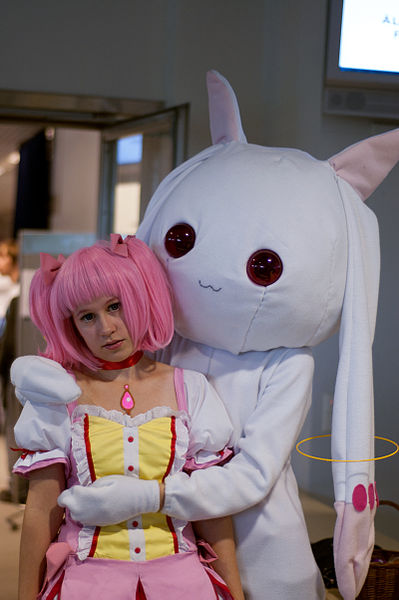
The kawaii movement, characterized by childlike sweetness, charm, and innocence, has deep roots in Japanese culture, but part of its popularity can be attributed to the influence of manga. Iconic manga characters like Sailor Moon are often cited as inspirations for kawaii fashion trends. Patterns that have become popular in kawaii fashion, such as big eyes, small mouths, or extravagant hairstyles, are directly derived from the drawing styles used in manga.
However, the influence of manga on fashion doesn't end with the kawaii style. Various youth subcultures that have emerged in Japan in recent decades, such as Lolita, Visual Kei, and Harajuku, draw heavily from manga aesthetics. These subcultures translate the visual languages from manga into styles and costumes, thereby creating exceptionally expressive, fantastical, and often theatrical styles. The influence of these subcultures is visible worldwide, showing how the visual language of manga transcends borders and influences global fashion and pop culture.
Impact on Visual Art
Manga, with its rich and diverse palette of visual styles, has inspired various forms of visual art, both in Japan and worldwide. Many contemporary artists draw inspiration from manga aesthetics, incorporating its characteristic elements into their works. For example, pop artist Takashi Murakami, known for his "Superflat" theory and style, uses manga aesthetics in his works. His pieces, such as "727" and "My Lonesome Cowboy", combine traditional motifs of Japanese art with pop culture and manga, creating a new kind of art that challenges traditional boundaries between 'high' and 'low' art.
Visual Language in the Dragon Ball Series
Akira Toriyama's "Dragon Ball" is one of the most influential titles in the history of manga and anime. The visual language employed in this series has become a true point of reference for many subsequent creators. The early volumes of "Dragon Ball" are characterized by a simple but expressive drawing style. Large, expressive eyes of characters, clear, strong contours, and bright, often contrasting colors are features that make the characters from "Dragon Ball" easily recognizable. Toriyama applied an aesthetic already known from other manga, but through a unique combination of comedic elements and action, he created something truly exceptional. His way of depicting battles, whether through dynamic frames or the use of special effects such as flashes and explosions, is still considered one of the best in the industry.
The way Toriyama evolved his drawing style as the series progressed is also noteworthy. For instance, characters initially drawn in a more rounded, childlike style, eventually started to look more mature and muscular. This change aligned with the progressing narrative - as Goku, the main character, grew up and became stronger, his physical representation also changed. This is an excellent example of how the visual language can be used to illustrate a character's internal evolution.
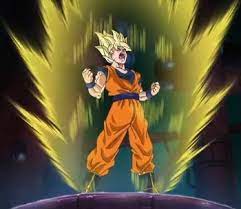
The visual language of "Dragon Ball" is a significant element that contributed to the enormous success of this series. The visual strategies employed by Toriyama not only made "Dragon Ball" unique but also had a significant influence on how manga, anime, and video games are created and perceived to this day.
The Significance of Fandom Community
The fandom community, a group of passionate fans of specific media forms such as manga, is an integral part of popular culture. The activities of these communities often go beyond mere content consumption and include the creation of their own works related to their favorite pieces. An example is Japanese manga fans, known as otaku, who create so-called doujinshi - independent publications often based on existing manga series. Doujinshi, though a form of fan art, are incredibly diverse in style and content, and their creators often experiment with visual language, adding new elements or reinterpreting existing ones.
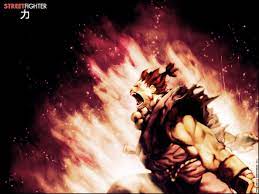
Interactions between the fandom and manga creators, however, are not limited to doujinshi creation. Fans often express their opinions and expectations on online forums, social media, or during conventions.
This direct communication between creators and audiences is one of the factors that influence the evolution of manga's visual language. For example, the impact of fans on the change in drawing style can be observed in Akira Toriyama's "Dragon Ball" series, where character drawing styles evolved in response to fan expectations.
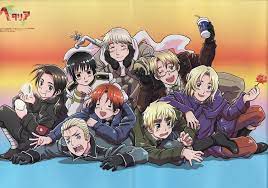
Visual Language in Video Games
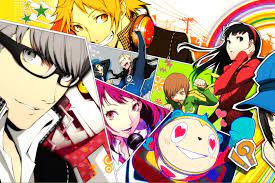
For instance, "Final Fantasy VII" features fantastic scenery that combines traditional manga elements with cyberpunk elements, creating a unique, dystopian world that fascinates players worldwide. Not only RPG games but also many other video games draw from manga. The action game "Metal Gear Solid," for example, incorporates elements typical for seinen manga (for adult men), such as tough moral decisions, complex webs of intrigue, and sophisticated characters.
Similarly, the "Persona" series integrates shoujo (for girls) and shonen (for boys) manga themes, creating unique, emotion-filled stories that can captivate players for many hours. It's also worth noting that many video games have become inspirations for manga and anime. For example, "The Legend of Zelda" has had many manga adaptations, allowing fans to explore the world of Hyrule in an entirely new way.
In the same way, "Pokémon", which started as a video game, became a global phenomenon, spawning both an anime series and various manga adaptations. These games show how interconnected these media are and how they can influence each other.
Finally, it's worth adding that the visual language of video games inspired by manga is not limited to Japan. Many games created outside of Japan, such as "Doki Doki Literature Club" or "Hollow Knight", also use manga aesthetics, creating unique, memorable impressions. This international exchange of influences shows how universal manga's influence on pop culture is and how significantly it affects the visual aesthetics of video games worldwide.
"Strong Japanese Women"
see book by the author
of the page
未開 ソビエライ
An enthusiast of Asian culture with a deep appreciation for the diverse philosophies of the world. By education, a psychologist and philologist specializing in Korean studies. At heart, a programmer (primarily for Android) and a passionate technology enthusiast, as well as a practitioner of Zen and mono no aware. In moments of tranquility, adheres to a disciplined lifestyle, firmly believing that perseverance, continuous personal growth, and dedication to one's passions are the wisest paths in life. Author of the book "Strong Women of Japan" (>>see more)
Personal motto:
"The most powerful force in the universe is compound interest." - Albert Einstein (probably)
Mike Soray
(aka Michał Sobieraj)
未開 ソビエライ
An enthusiast of Asian culture with a deep appreciation for the diverse philosophies of the world. By education, a psychologist and philologist specializing in Korean studies. At heart, a programmer (primarily for Android) and a passionate technology enthusiast, as well as a practitioner of Zen and mono no aware. In moments of tranquility, adheres to a disciplined lifestyle, firmly believing that perseverance, continuous personal growth, and dedication to one's passions are the wisest paths in life. Author of the book "Strong Women of Japan" (>>see more)
Personal motto:
"The most powerful force in the universe is compound interest." - Albert Einstein (probably)
Mike Soray
(aka Michał Sobieraj)
Write us...
Ciechanów, Polska
dr.imyon@gmail.com
___________________
inari.smart
Would you like to share your thoughts or feedback about our website or app? Leave us a message, and we’ll get back to you quickly. We value your perspective!

